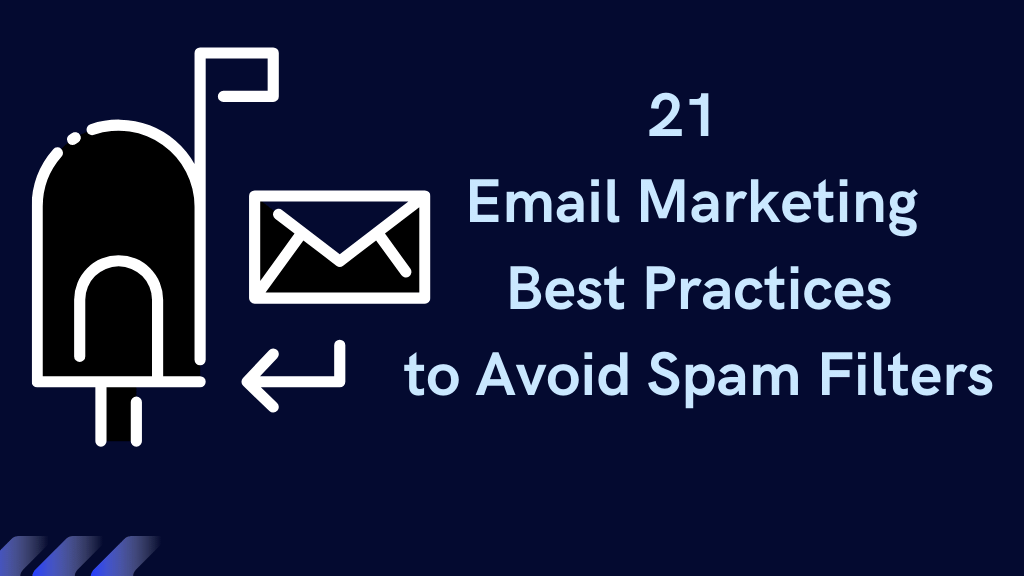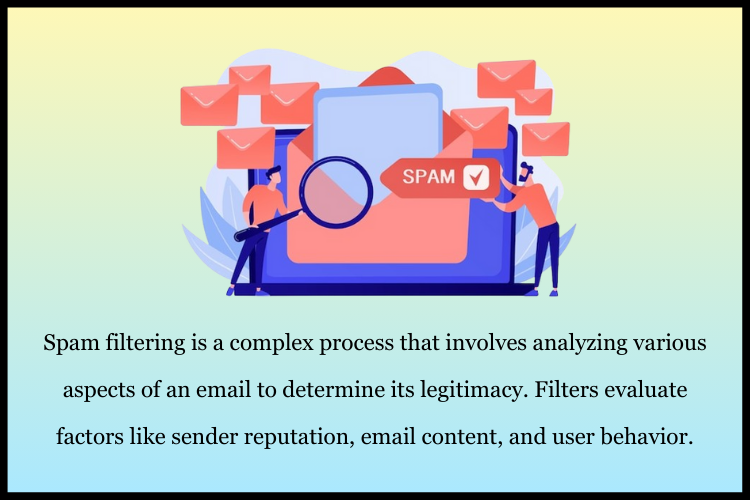21 Email Marketing B...
21 Email Marketing Best Practices to Avoid Spam Filters

21 Email Marketing Best Practices to Avoid Spam Filters
By admin on 7 Apr 2022 0 Categories / Bulk email, Email Marketing, Email Marketing Strategy Tags: bulk email
Post Your Comment

